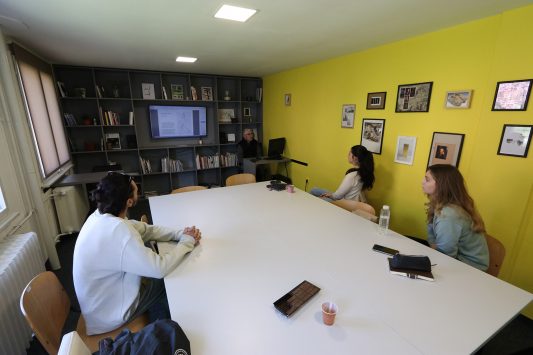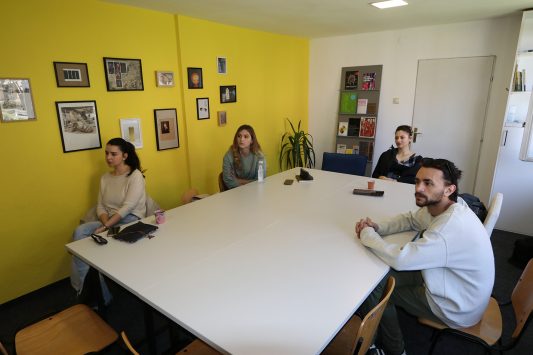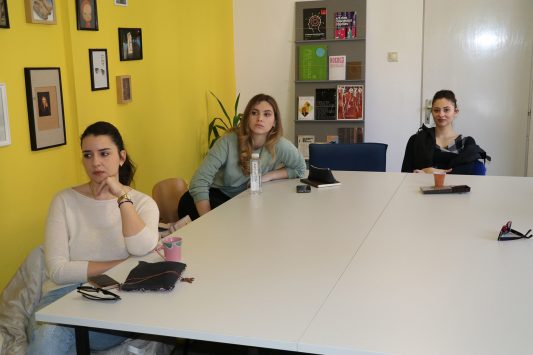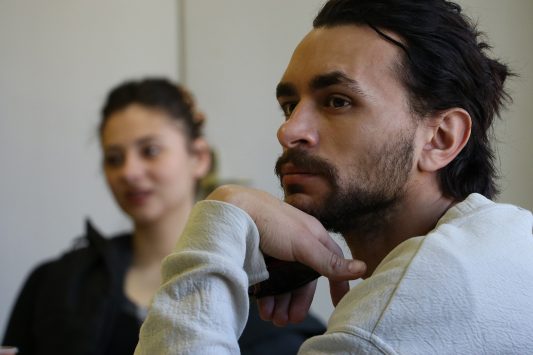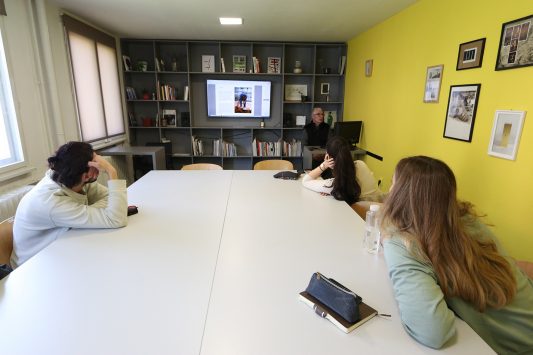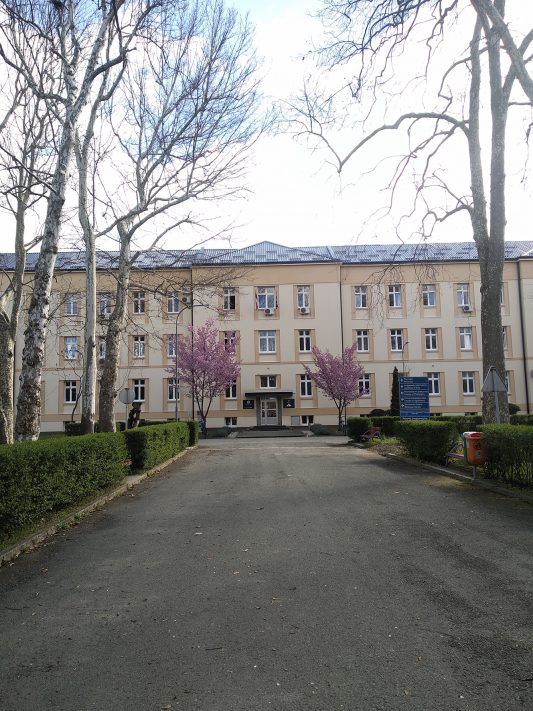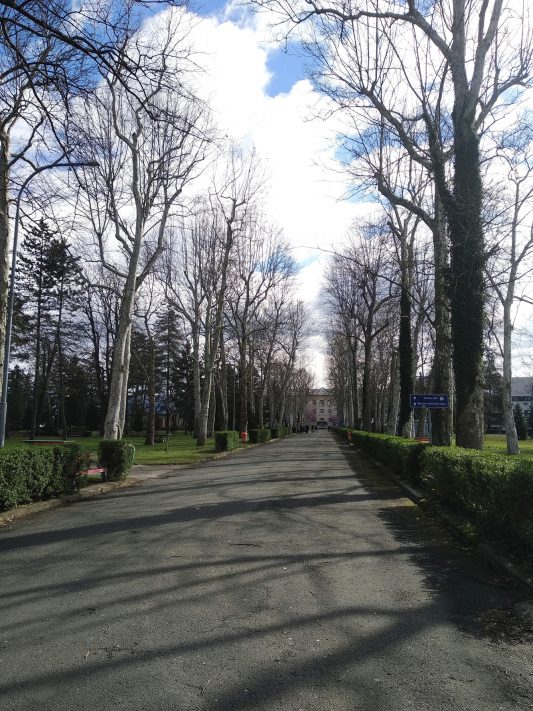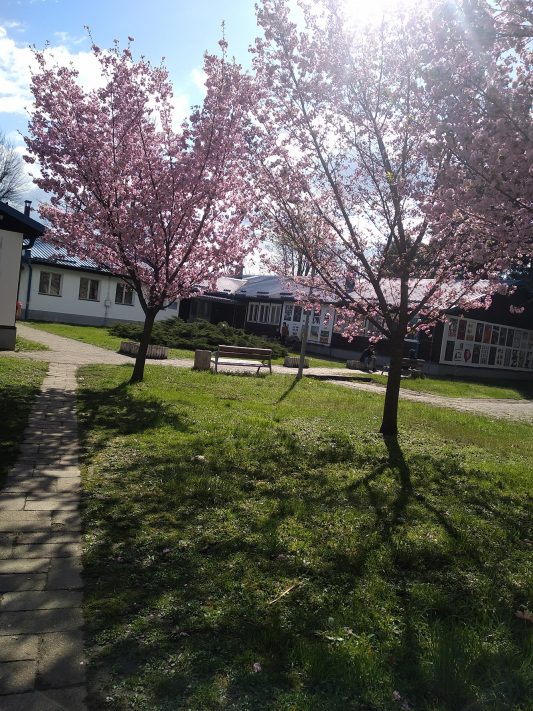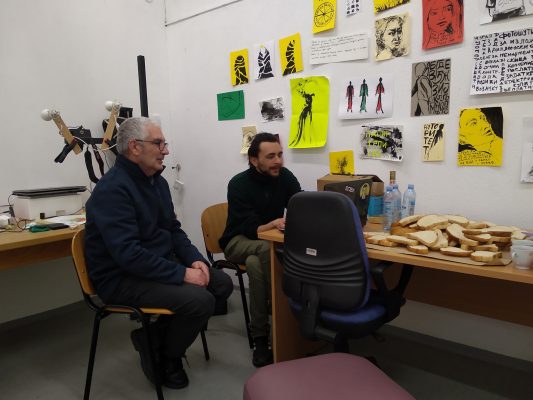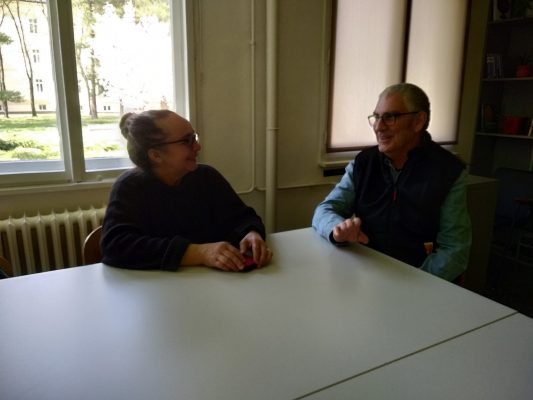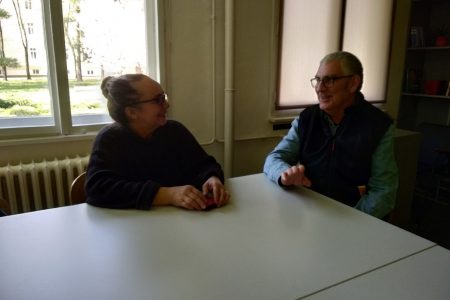
MY TEACHING MOBILITY IN BANJA LUKA: Dragan Rajšić, Faculty of Fine Arts
Dragan Rajšić
University of Arts in Belgrade, Faculty of Fine Arts
Erasmus+ Mobility for Teaching at:
University of Banja Luka, Bosnia and Herzegovina
From the 27th of March until the 31st of March, I had an excellent opportunity to teach at the University of Banja Luka, Academy of Arts, as a participant in the Erasmus+ Teaching Mobility Program. This was a chance to meet great students and share my experiences from the University of Arts in Belgrade with the Academy of Arts in Banja Luka professors. Besides, this was my first visit to Banja Luka, a city with a long history.
On my first day at the Academy of Arts, I met the Vice-dean for Art and International cooperation, Associate Professor Borjana Mrdja. She introduced me to the general organization of the Academy and showed me around the campus. The Academy campus left a remarkable impression on me. It is situated in a space that previously belonged to the military basis. I was later introduced to Professor Mladen Miljanovic and Assistant Professors Radoslav Tadic and Miodrag Manojlovic from the Department of Painting and Intermedia Art. We discussed future regional collaborations between our institutions and agreed on the schedule for the next five days.
My teaching program focused on artistic intervention in a carefully selected space. The space and the media used for the artwork represent the most critical parameters in creating an art installation. Because the media chosen for the artwork limits the artwork’s spatial dimensions, I first focused my workshop on the importance of thorough research of the area where the artwork will be positioned. The space students chose during this process varied from the University Campus to the public spaces in the city center.
Then I introduced students to scale-sized models and taught them to imagine space from a smaller to a bigger scale. Further, we selected the best-fit media to help them materialize the idea. This part of the workshop resulted in a number of concept sketches, drawings, and models. Students also wrote reports on the selection process. After selecting media, I introduced students to the historical overview of other artists’ experiences with the same materials. This led us to the final step: the materialization of the individual project.
I am thrilled that I introduced the students to the model, as it represents a prototype of the artistic idea. The model is the most critical and irreplaceable way of expressing sculptural, architectural, or urbanistic ideas. It represents the core of artistic research throughout the entire XX century. In addition, applying models in the creative process allows the students to find solutions for their artwork’s visual and theoretical dimensions. On the other hand, the workshop’s theoretical part allowed students to analyze their work in the context of contemporary art.
In addition, during my stay, I got the chance to become familiar with the rich cultural and historical heritage of Banja Luka. I want to point out the Museum of Contemporary Art of the Republic of Srpska. At the time, The Museum of Contemporary Art hosted an exhibition dedicated to the 25 years of the Academy of Arts, the University of Banja Luka.
Overall, participation in the Erasumus+ Training Mobility Program was a truly unique and enriching experience for my teaching and career as an artist.
